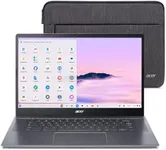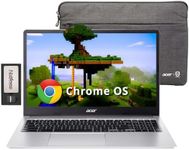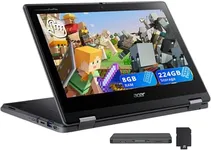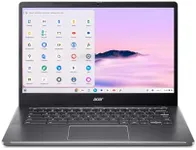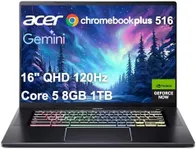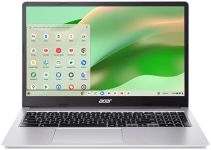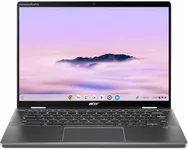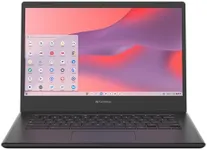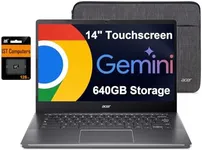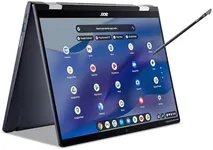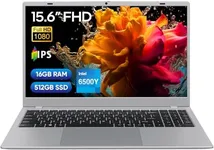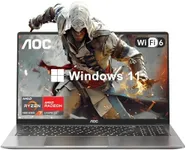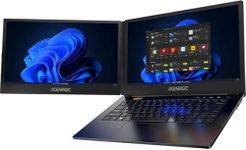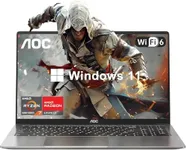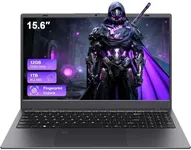Buying Guide for the Best Acer Chromebook
Choosing the right Acer Chromebook involves understanding your needs and matching them with the specifications of the device. Chromebooks are known for their simplicity, speed, and security, making them ideal for various tasks such as browsing, streaming, and working on documents. To make an informed decision, you should consider several key specifications that will impact your overall experience with the Chromebook.ProcessorThe processor, or CPU, is the brain of your Chromebook. It determines how fast and efficiently your device can run applications and handle tasks. Chromebooks typically come with processors ranging from basic to high-performance. For light tasks like web browsing and document editing, an entry-level processor like Intel Celeron or MediaTek will suffice. For more demanding tasks such as multitasking, running Android apps, or using Linux applications, a mid-range processor like Intel Core i3 or i5 is recommended. If you need top performance for heavy multitasking or development work, consider a high-end processor like Intel Core i7.
RAMRAM (Random Access Memory) is crucial for multitasking and running applications smoothly. It temporarily stores data that your Chromebook is actively using, allowing for quick access. Chromebooks typically come with 4GB, 8GB, or 16GB of RAM. For basic use like browsing and streaming, 4GB is usually sufficient. If you plan to run multiple tabs and applications simultaneously, 8GB is a better choice. For power users who run many applications at once or use resource-intensive software, 16GB of RAM will provide the best performance.
StorageStorage on a Chromebook is where your files, applications, and system data are kept. Chromebooks often come with SSD (Solid State Drive) storage, which is faster and more reliable than traditional hard drives. Storage options typically range from 32GB to 256GB. For users who primarily use cloud storage and web-based applications, 32GB or 64GB should be adequate. If you need to store more files locally or use offline applications, consider 128GB or 256GB of storage. Remember, Chromebooks are designed to work well with cloud storage solutions like Google Drive.
DisplayThe display is an important aspect of your Chromebook experience, affecting how you view content and interact with the device. Chromebooks come with various screen sizes and resolutions. Smaller screens (11-13 inches) are more portable and suitable for basic tasks. Larger screens (14-15 inches) provide a better viewing experience for media consumption and productivity tasks. Resolution options include HD (1366x768), Full HD (1920x1080), and higher. For general use, Full HD is a good balance of clarity and performance. If you need sharper visuals for design work or media, consider a higher resolution display.
Battery LifeBattery life determines how long your Chromebook can run on a single charge. This is especially important if you plan to use your device on the go. Chromebooks typically offer battery life ranging from 8 to 12 hours. For casual use and short trips, 8 hours may be sufficient. If you need your Chromebook to last through a full workday or longer periods without access to a charger, look for models with 10-12 hours of battery life. Keep in mind that actual battery life can vary based on usage and settings.
Build Quality and PortabilityThe build quality and portability of a Chromebook affect its durability and ease of use. Chromebooks come in various materials, including plastic, aluminum, and magnesium alloy. Plastic models are generally lighter and more affordable, while metal builds offer better durability and a premium feel. Consider the weight and thickness of the device if you plan to carry it around frequently. Lighter and thinner models are easier to transport but may sacrifice some durability. Choose a build quality that matches your lifestyle and usage patterns.
ConnectivityConnectivity options on a Chromebook include ports and wireless capabilities. Common ports include USB-A, USB-C, HDMI, and a headphone jack. USB-C is becoming more prevalent and supports charging, data transfer, and video output. Ensure the Chromebook has the ports you need for your peripherals and accessories. Wireless connectivity includes Wi-Fi and Bluetooth. Most Chromebooks support Wi-Fi 5 (802.11ac) or Wi-Fi 6 (802.11ax) for faster and more reliable internet connections. Bluetooth allows you to connect wireless devices like headphones and mice. Choose a Chromebook with the connectivity options that suit your needs.
